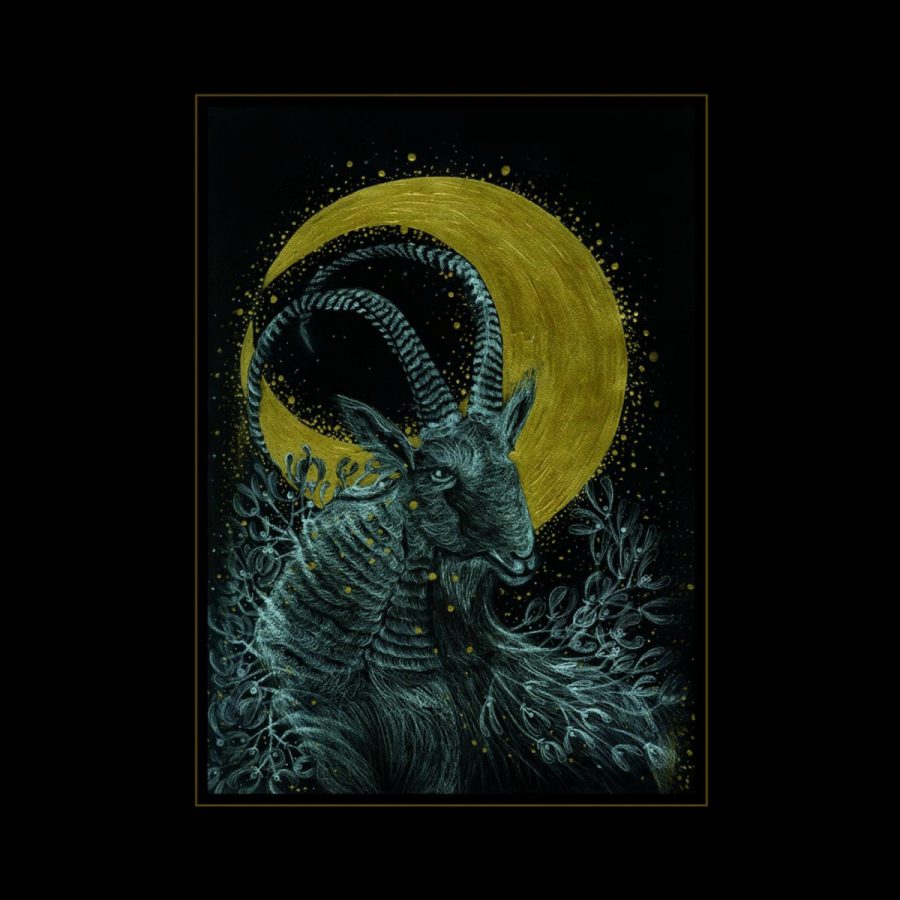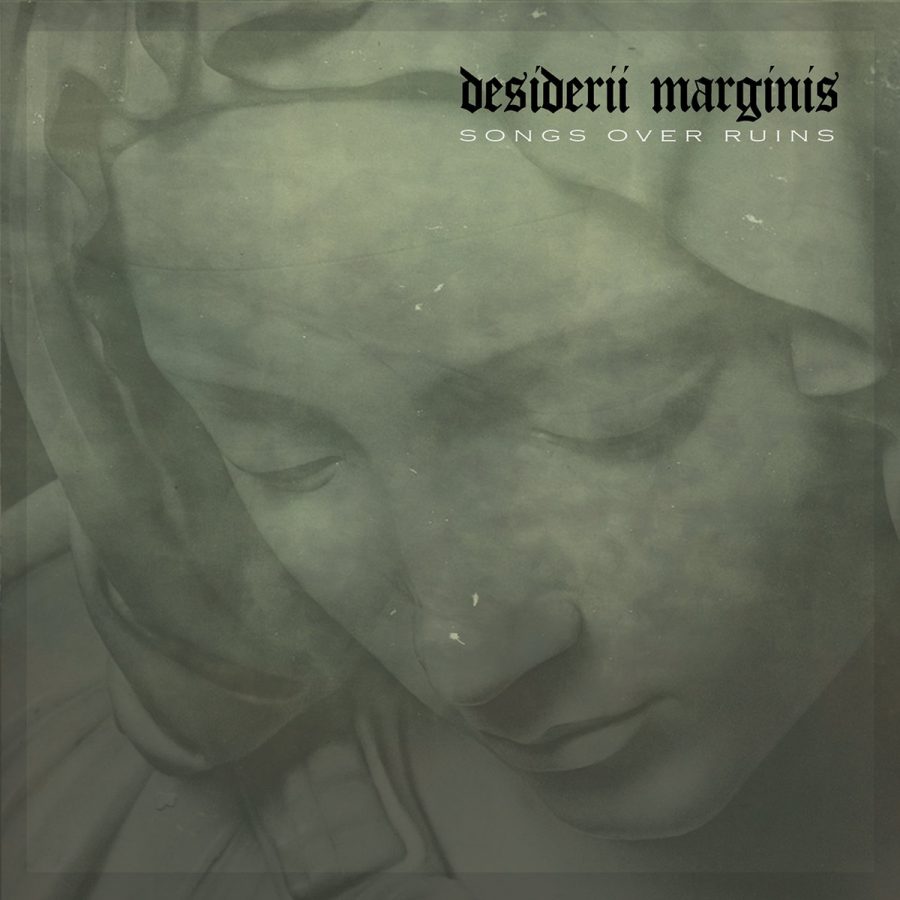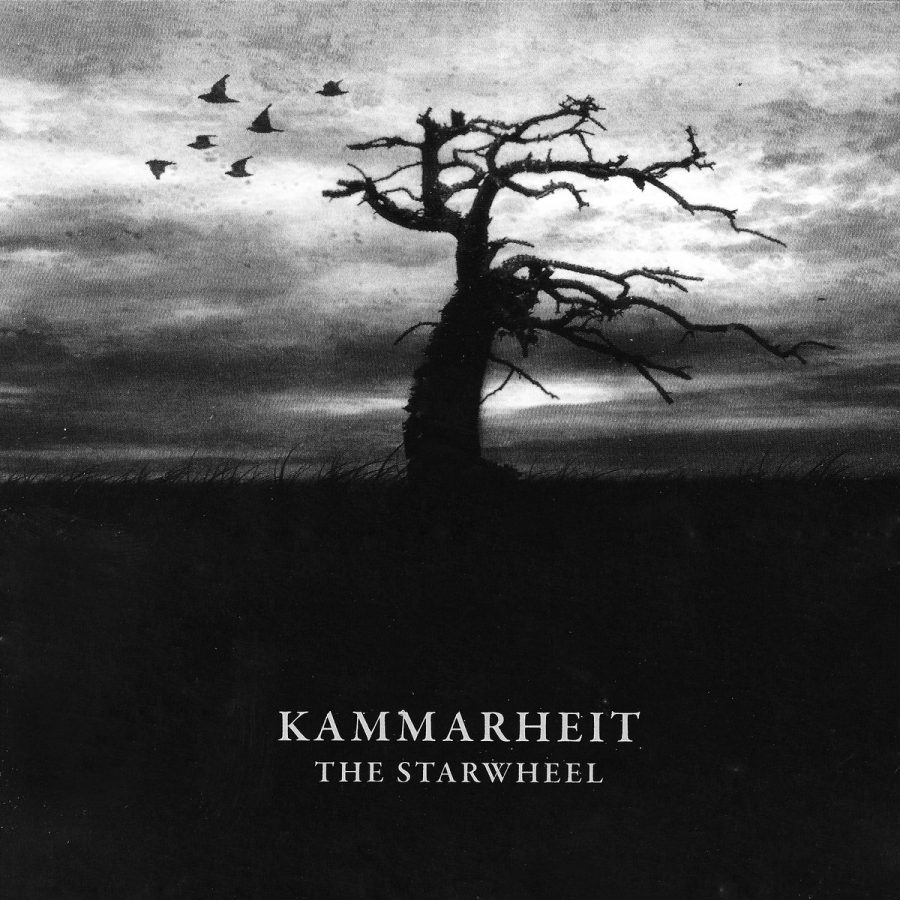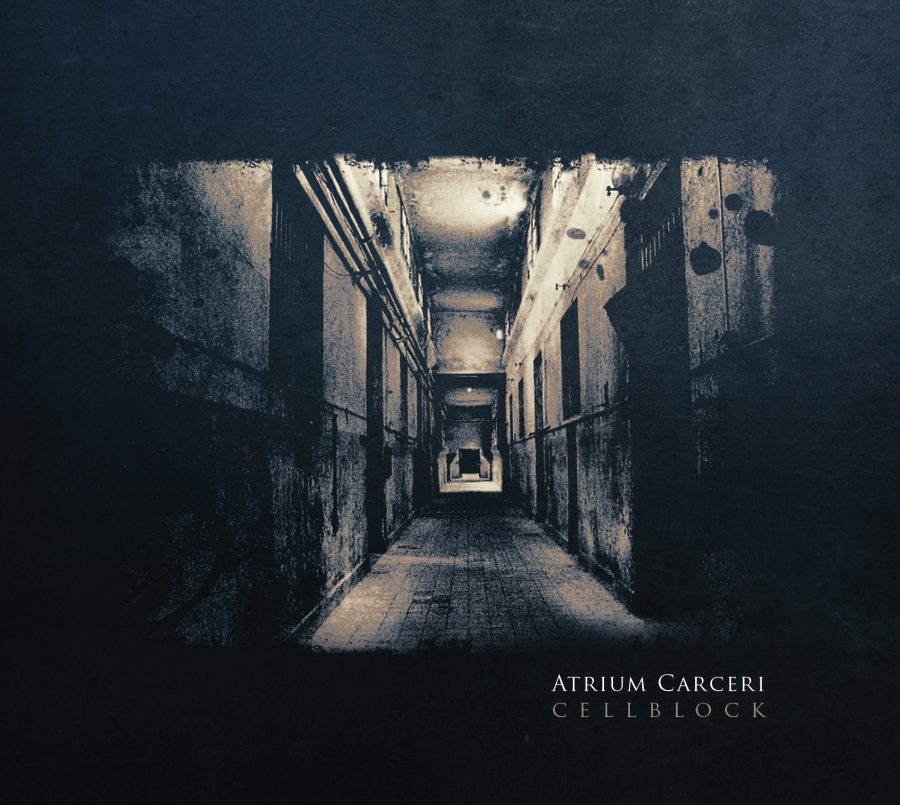Artist: Peter Bjärgö
Album title: Animus Retinentia
Release date: 1 March 2017
Label: Cyclic Law
Tracklist:
01. You Let The Light Shine Through
02. Stillhet
03. To Replace My Sadness
04. Grains
05. Where Night Is Eternal
06. As Rain Falls
07. Memories
08. Transcend Time
09. Memories II
10. From Agony
11. Sleep Dep.Loop2
Peter Bjärgö is an artist that has left his mark all over the post industrial scene of music over the years. Going all the way back to 1994, Arcana, was Peter Bjärgö‘s first musical project to get attention. Arcana focused on a sort of medieval-ambient/neoclassical sound. The 1996 release on Cold Meat Industry of Dark Age of Reason is still to this day a reference point for many musicians. In later years, Arcana would expand its line-up. There also formed a second project Sophia, which focused on an industrial ambient sound. In 2009, Peter Bjärgö would start his solo-project, under his own name. Peter said on social media of this, “After nearly 20 years of activity with Arcana I decided to explore music as a solo artist, without boundaries, and show a more intimate side of my creativity.”
That intimate side turns out to be quite beautiful if also rather depressing. Peter Bjärgö spoke about issues of depression and sorrow, but it was felt on a more global scale, similar to the latest Sophia album, but in a much more personal manner.
Animus Retinentia takes us to this more personal place. A time in Peter’s past when things didn’t seem so bleak and depressing. A time when he had great hopes for his future, as well as the future of our world. Its a reflection on these times, through the lens of an adult who knows all too well the terrible state of affairs on our planet. Now in a time after the illusion has been shattered, looking back on childhood happiness can be a great comfort. In this way, Peter Bjärgö taps into that comfort, allowing it to blossom into a full album of music which is equally melancholic and inspirational. The senses of childhood happiness and adulthood depression are both played out masterfully, each being given its room to leave an effect on the listener. The instrumental tracks scattered through the album touch more on that adulthood melancholy, while the lyrics are often living in the memories, or reflecting upon them.
There are a few loop based instrumental tracks which split up the more active tracks. These instrumentals are full of thoughtful and emotional atmosphere. They give the listener an opportunity to reflect upon the lyrical content of the previous track. We are given an opportunity to think back on our own childhoods, times of youth when inspiration could be found in so many things. As for its comparison to the previous album, Peter Bjärgö explains through his social media outlets, “It’s not a sequel to Melancholy, that will happen later, this one is more cinematic and dreamy, reflecting on my childhood, a period when I last remembered I was truly happy.”
The vocals are at an all-time high level of quality. Peter Bjärgö has shed all sense of reservation on Animus Retinentia. He delivers each set of lyrics with a confidence that can’t be denied. There were hints at this development on the last solo album The Architecture of Melancholy, but only now has this become a purveying force throughout the entirety of the album. The delivery is in a deep bass range. It exudes the confidence and melancholic pondering of the album to perfection.
The lyrical content is well thought out and often quite emotional. The track “Transcend Time” for instance, shows the dichotomy between those childhood inspirations and the more depressing developments of adulthood. Lyrics like “… I need the curiosity now, everything was glowing, but the glow has faded, time has come to remind me.” show his inner dilemma, one which is surely relatable to many listeners.
The music on Animus Retinentia, is some of Peter Bjärgö‘s best yet. He manages to bring together a combination of looped elements with gentle synth sections, and his emotionally charged acoustic guitar parts, all coalescing into a warm and full sound. “Where Night Is Eternal” showcases a toned-down approach with a glitchy drum sequence. Then tracks like “From Agony” take a bold approach, again proving that his level of confidence in this style of music is at an all-time high.
As the album reaches its terminus on “Sleep Dep.Loop2” it’s almost as if there are thoughts trying to repeat themselves, while an increasingly present drone pushes forward from the background. The listener is allowed the sensation of trying to remain in this dream state, remembering the lost childhood naivety. While a beeping starts to push into the background, likely an allusion to an alarm clock, slowly bringing the dreamer back to a reality filled with despair and decay. A reality which played itself out full-force on the last solo album. This reality was also the reference point for the last Sophia album, Unclean, which focused on an apocalyptic reality where humanity had finally gone beyond the point of return.
After so many years making music, one would think Peter Bjärgö must be running out of ideas and inspirations. Yet, there is no sign of this. Animus Retinentia as well as Unclean by Sophia have been some of his best work to date. There appears to be no stopping him from continuing with innovations and fulfilling his duties for each project with which he collaborates. Animus Retinentia is a highly recommended album. Any fans of any variety of post-industrial and neoclassical genres should find plenty to love here. Peter Bjärgö has created an album which should have an emotional resonance with a vast number of listeners. For, how many of us truly enjoy this time in history? How many of us miss that childhood passion and naivety? If you’ve ever pondered these questions, Animus Retinentia is the soundtrack to your ponderings.
Written by: Michael Barnett


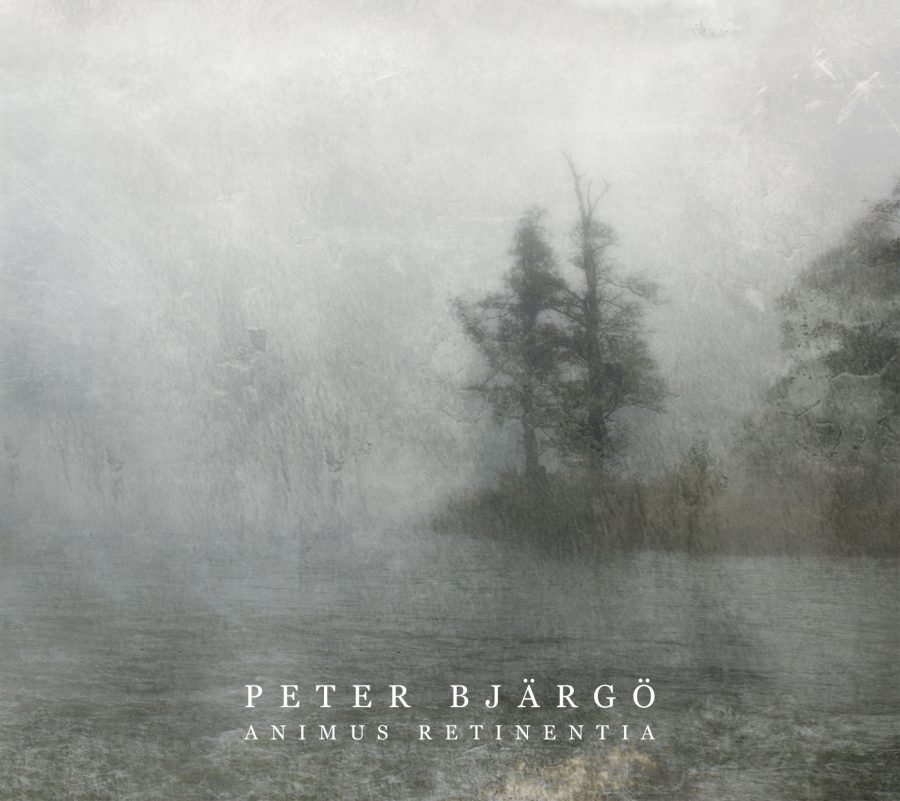
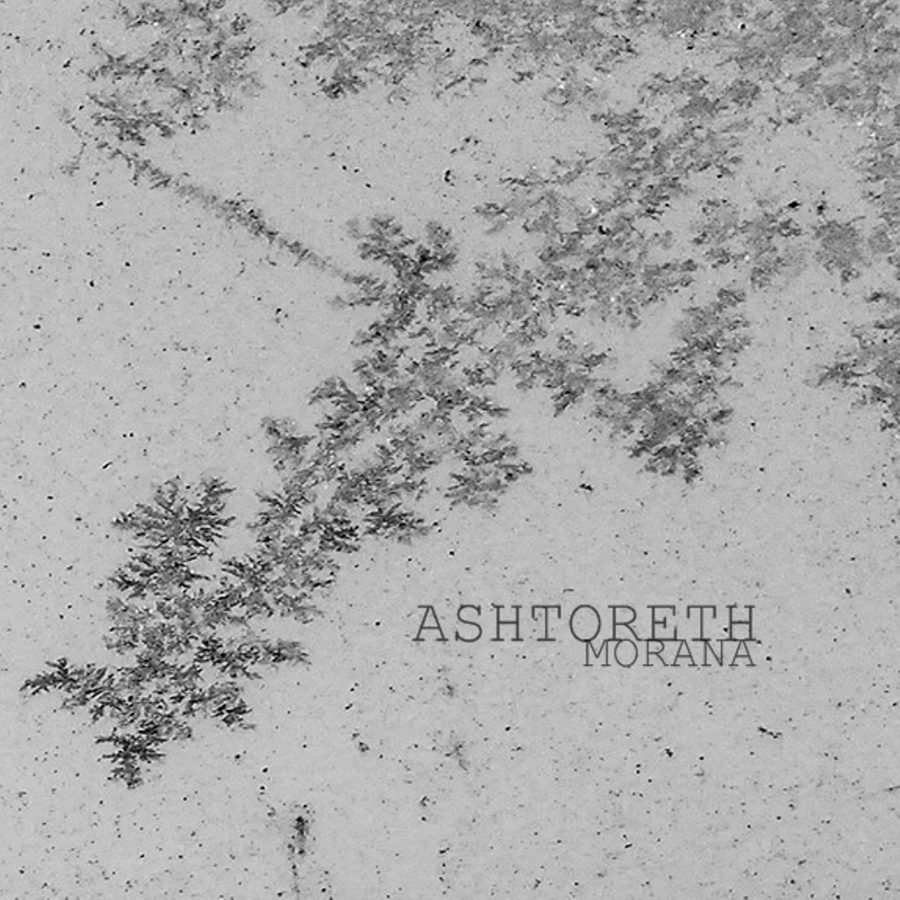
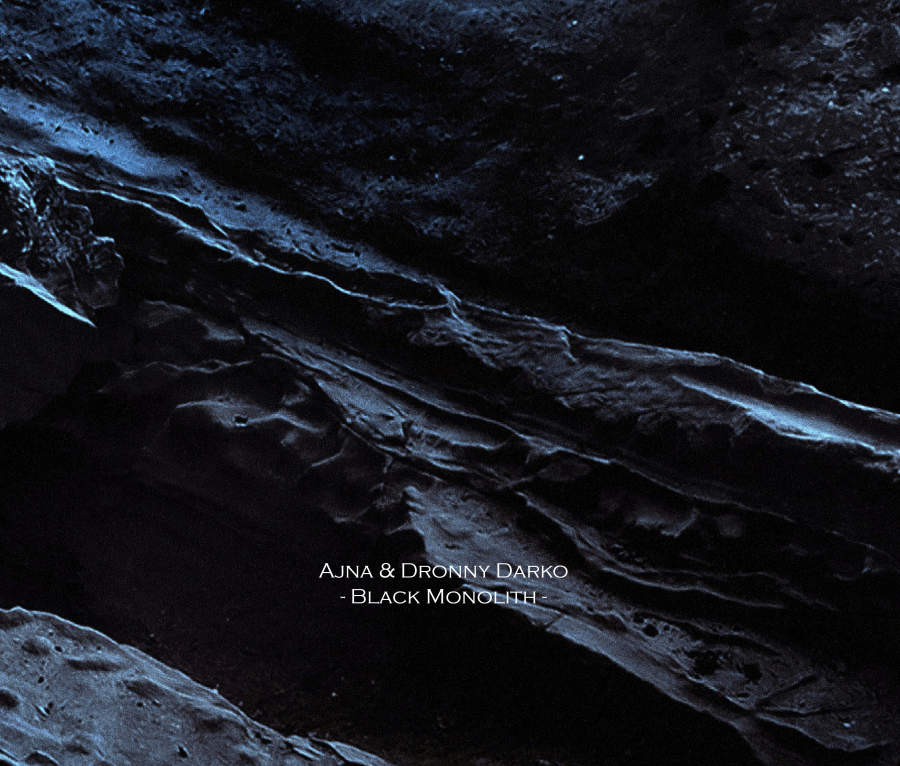
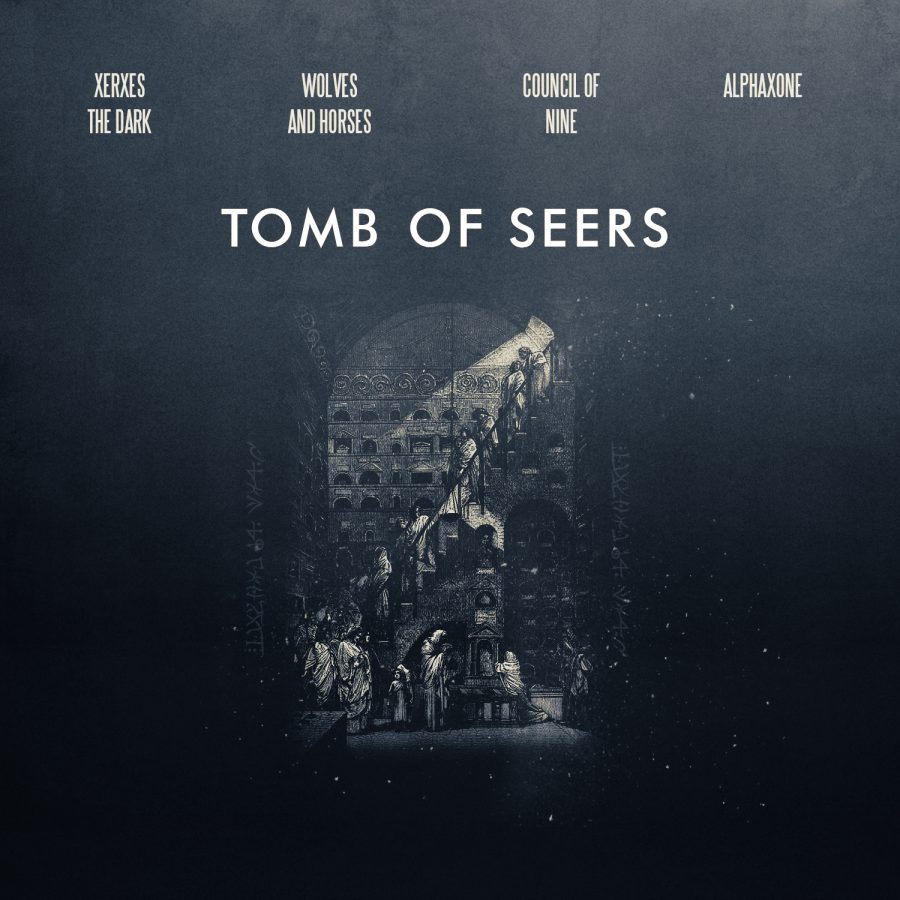
 these more compiled works coherent and centralized is their strict adherence to themes. On Tomb of Seers, once again Cryo Chamber proves that they can step outside the normal boundaries and still manage to release a brilliant album which receives as much love from new fans as it does from those who have been following the genre for the last 25 years.
these more compiled works coherent and centralized is their strict adherence to themes. On Tomb of Seers, once again Cryo Chamber proves that they can step outside the normal boundaries and still manage to release a brilliant album which receives as much love from new fans as it does from those who have been following the genre for the last 25 years. focused on the loftier goal of bringing full civilizations into the mix, Tomb of Seers is able to focus on a more specific concept, that of the seer. The seer is something like a fortune teller, but much more revered. Like the town’s shaman, or the virgin oracle of Delphi atop Mount Parnassus, the seer is able to give advice, premonitions, and warnings to those who would seek their counsel.
focused on the loftier goal of bringing full civilizations into the mix, Tomb of Seers is able to focus on a more specific concept, that of the seer. The seer is something like a fortune teller, but much more revered. Like the town’s shaman, or the virgin oracle of Delphi atop Mount Parnassus, the seer is able to give advice, premonitions, and warnings to those who would seek their counsel. While Alphaxone and Council of Nine seem to be honing their talents, reigning in their visions, there is also new blood in the waters. Xerxes the Dark, long-time colleague of Alphaxone, both hailing from Iran, finds himself on his first foray into the Cryo Chamber discography. His track “Ethereal” has a wondrous feel to it, with a mood that is slightly brighter than that of the previous tracks. On “Omniscient” Xerxes the Dark takes us on an aural voyage, filled with field recordings which give the album even more depth. His conservative use of drone, along with these field recordings makes it possible for listeners to close their eyes and take that aural journey into lands long forgotten, searching for answers to the age-old existential questions. A performance of this caliber is sure to increase the likelihood of hearing more from Xerxes the Dark on the Cryo Chamber label for future releases.
While Alphaxone and Council of Nine seem to be honing their talents, reigning in their visions, there is also new blood in the waters. Xerxes the Dark, long-time colleague of Alphaxone, both hailing from Iran, finds himself on his first foray into the Cryo Chamber discography. His track “Ethereal” has a wondrous feel to it, with a mood that is slightly brighter than that of the previous tracks. On “Omniscient” Xerxes the Dark takes us on an aural voyage, filled with field recordings which give the album even more depth. His conservative use of drone, along with these field recordings makes it possible for listeners to close their eyes and take that aural journey into lands long forgotten, searching for answers to the age-old existential questions. A performance of this caliber is sure to increase the likelihood of hearing more from Xerxes the Dark on the Cryo Chamber label for future releases. With top-notch performances by each of the artists involved in Tomb of Seers, Cryo Chamber gives us an album which is sure to have as much of an impact as Tomb of Empires did, years before. Alphaxone and Council of Nine both present us with career topping performances, while Xerxes the Dark as well as Wolves and Horses give us a taste of where the future may lie in this dark ambient label. A label which has made monumental advancements within its short lifespan. Tomb of Seers is as potent of an album for die-hard dark ambient fans as they could ask for, while it has enough activity and breadth of styles to be a first stop for the newest wave of fans, having just fallen for dark ambient over the last year. It’s albums like Tomb of Seers that prove the wide range of formats that Cryo Chamber is willing to conquer. Never settling down, never devolving into repetition, Tomb of Seers is one more masterpiece in the ever-expanding catalog of Cryo Chamber masterpieces.
With top-notch performances by each of the artists involved in Tomb of Seers, Cryo Chamber gives us an album which is sure to have as much of an impact as Tomb of Empires did, years before. Alphaxone and Council of Nine both present us with career topping performances, while Xerxes the Dark as well as Wolves and Horses give us a taste of where the future may lie in this dark ambient label. A label which has made monumental advancements within its short lifespan. Tomb of Seers is as potent of an album for die-hard dark ambient fans as they could ask for, while it has enough activity and breadth of styles to be a first stop for the newest wave of fans, having just fallen for dark ambient over the last year. It’s albums like Tomb of Seers that prove the wide range of formats that Cryo Chamber is willing to conquer. Never settling down, never devolving into repetition, Tomb of Seers is one more masterpiece in the ever-expanding catalog of Cryo Chamber masterpieces.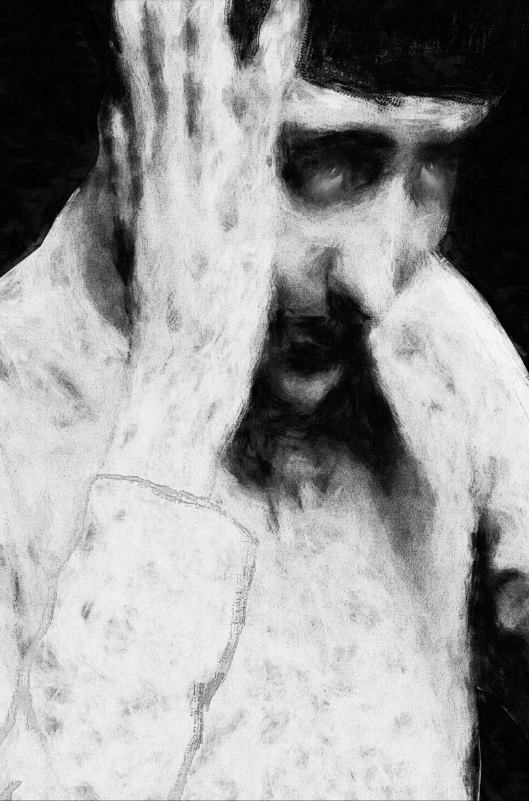
 Apocryphos is far from the only project that fans know Kozletsky from, he first came onto the dark ambient scene a few years back, fresh out of college, with his project Psychomanteum, of which he was one of two members. Despite its general praise among listeners, Psychomanteum was short-lived, only producing one full length album. Maybe out of the frustration from Psychomanteum breaking up, or maybe just due to the pitiful state of humanity in the modern world, Kozletsky needed to let off some steam. Shock Frontier was the project which allowed him to take out his sonic rage on innocent listeners. The Shock Frontier debut on Malignant Records was a powerful death industrial album, rivaling some of the greats of the genre.
Apocryphos is far from the only project that fans know Kozletsky from, he first came onto the dark ambient scene a few years back, fresh out of college, with his project Psychomanteum, of which he was one of two members. Despite its general praise among listeners, Psychomanteum was short-lived, only producing one full length album. Maybe out of the frustration from Psychomanteum breaking up, or maybe just due to the pitiful state of humanity in the modern world, Kozletsky needed to let off some steam. Shock Frontier was the project which allowed him to take out his sonic rage on innocent listeners. The Shock Frontier debut on Malignant Records was a powerful death industrial album, rivaling some of the greats of the genre. Pulsed In A Dull Glass Bell finds its perfect forum in the cassette format. It should be listened to at full volume. This is something that is often said about death industrial albums, and barely holds true, if at all. Not so with Pulsed In A Dull Glass Bell. The tape hiss becomes part of the music, the sounds terrorize the speakers before plunging into a brooding staticy darkness. Tortured souls meet soulless victims. The mind is torn to pieces as the listener becomes fully encapsulated in this grotesque offering.
Pulsed In A Dull Glass Bell finds its perfect forum in the cassette format. It should be listened to at full volume. This is something that is often said about death industrial albums, and barely holds true, if at all. Not so with Pulsed In A Dull Glass Bell. The tape hiss becomes part of the music, the sounds terrorize the speakers before plunging into a brooding staticy darkness. Tortured souls meet soulless victims. The mind is torn to pieces as the listener becomes fully encapsulated in this grotesque offering.